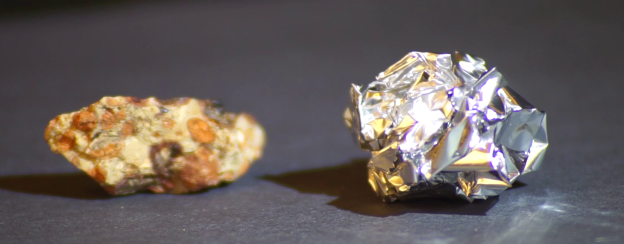Comics: First – Previous – Next – Last
I posted a video about chromatography, but first I want to talk about focus and cell phones. The comic is almost a verbatim conversation I had with my wife. It’s hard to escape my phone even for the time it takes to use the restroom. That can’t be good for my psyche.
I was thinking about doing a deeper dive on that, but it just doesn’t fit the theme of the blog/vlog any more. It fits better over at my other site, Student Pro Tips, but I have not updated that for a long time. Then I thought, maybe I SHOULD update that site and maybe add a video, too! Because I need more projects. I have not done that yet… we will see. [EDIT: I posted the video and blog post about this whole thing]
Research summary on the subject:
- There have been several meta-analyses and reviews on smartphone addiction and smartphone effects on cognition and learning.
- There’s a thing called Nomophobia now: “The term NOMOPHOBIA or NO MObile PHone PhoBIA is used to describe a psychological condition when people have a fear of being detached from mobile phone connectivity.”
All that from a comic.
Ok, about chromatography. Here’s the video.
Continue reading →






You must be logged in to post a comment.